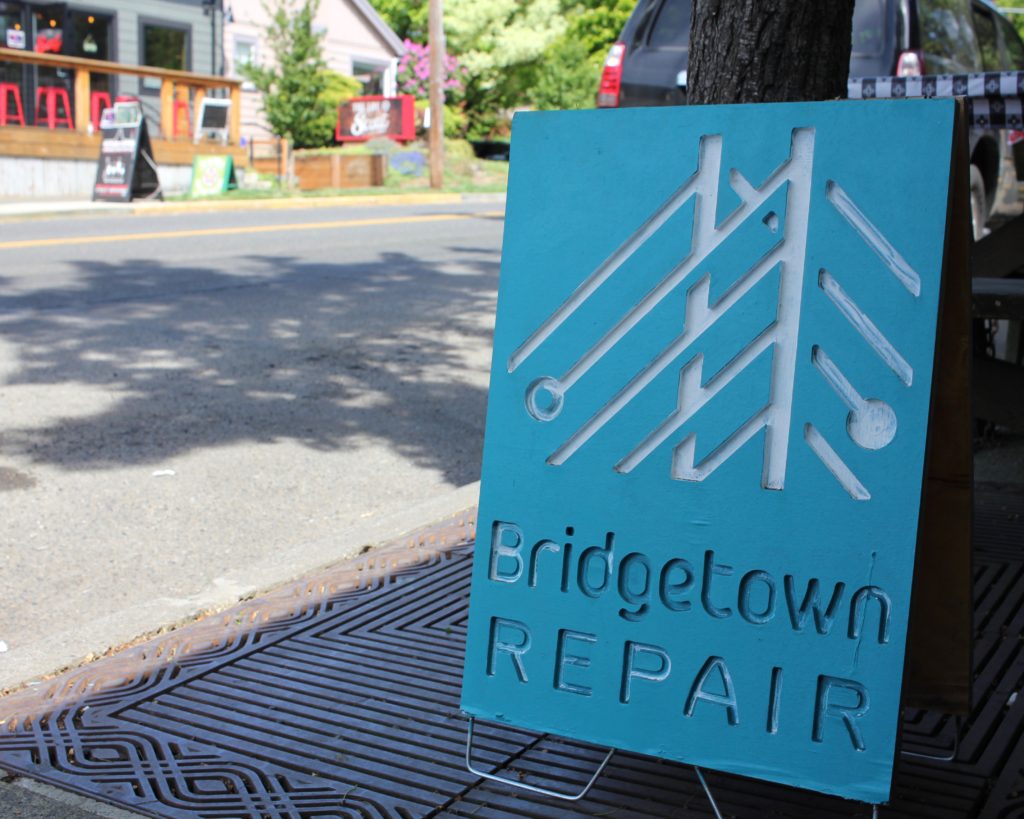In a world where phone upgrades are abundantly available, choosing instead to service your device can be a quiet revolution.
For present-day mobile phone users, there’s a ubiquitous phrase to indicate all manner of malfunction: “My phone died.” Twenty years ago, this sentence might have seemed unusual, but everyone today immediately understands its meaning. With the precipitous rise of cell phone ownership, and smartphones in particular, our phones have seemed to acquire a fickle sentience of their own, capable of “dying” on us at any moment.
Not only capable of it, but expected to, after a shockingly short lifespan. In fact, many phone users hurry their devices into an early grave by upgrading to the next phone release when they’re eligible to do so. Meanwhile, it’s in the best interests of manufacturers to let consumers believe that recycling their old phones is a responsible option, but material extraction from recycled phones is exceedingly difficult, and only a small amount of the metals involved in a phone’s production can be recovered for reuse.
Despite the high economic and environmental cost of smartphones, Americans dispose of over 400,000 of them every single day. We are so accustomed to the upgrading our phones that when maintenance-related symptoms arise, like random shutdowns, failure to hold a charge, or boot-looping, our first thought often is not to replace the battery, but to replace the phone altogether.
However, trends are changing. The replacement cycle for smartphones is lengthening, with more people holding onto their devices for longer. Which is good news on a number of levels. Beyond saving consumers money, keeping mobile phones in use longer is one of the simplest and most effective ways for an individual to reduce their environmental impact. Extending the use of a mobile phone is a small divestment from the CO2-emitting mining procedures requisite for the production of all new electronics.
Keeping phones (or anything else) in use for longer necessitates maintenance of their parts and systems. Phone retailers like Apple and Samsung offer repairs at their respective stores, as well as some external authorized service providers (ASPs) – often national chain stores, like Best Buy and Simply Mac. While ASPs carry a “stamp of approval” from phone manufacturers, they are subject to prices for parts dictated by those manufacturers, and can be restricted or prohibited from performing certain repairs.
That’s where local repair shops come in. Independent third-party repair shops servicing smartphones will often offer a wider range of repairs at a lower price point than Apple or Samsung ASPs.
But if these shops and their repair work aren’t directly sanctioned by manufacturers, is it safe to take your phone in to be serviced? How can consumers know whether or not their critically important digital device will be handled with care?
“I think when people talk about this concern, they act like it’s unique to this industry, but it’s not,” says Adrian Avery-Johnson, owner of Bridgetown Electronics Repair in Portland. “It’s just like with anything else. It’s using your instincts to assess the reliability of a business. It’s understanding people. And there are tons of review sites that people can look at.”
Bridgetown is one of the many small, independent businesses that make up a local constellation of cell-phone repair service. Avery-Johnson, who’s earned his fair share of 5-star reviews on multiple such sites, says that many of his customers first seek repair from a manufacturer ASP, only to be confronted with long appointment wait times, or the discovery that their device requires a repair that falls outside those that ASPs are authorized to perform. Folks who end up in his shop can count on a good-faith repair attempt, a year warranty on any work performed, and no charge if repair efforts prove unsuccessful.

Bridgetown Electronics Repair offers independent repair of phones, computers, and more on SE Division Street in Portland.
Despite the best efforts of manufacturers to keep repair methods and parts proprietary, many smart and talented professionals in our community are succeeding in offering reliable, affordable phone repairs to those who seek them. It’s a strangely empowering feeling to realize that the first sign of malfunction on your phone doesn’t necessarily signify impending doom – that phones, like cars or bikes or appliances, are a tool that can be maintained to extend their service life. And more empowering still to realize that consumers have options for repair extending beyond the corporations that sell the phone in the first place.
So, when your phone’s mysterious glitches overwhelm you, don’t panic. Visit our database. Peep some review sites. Visit a professional to see what can be done. Save your phone’s life, and, by extension and in small part, the world.
